Crowdsourcing, as defined by Merriam-Webster, is “the practice of obtaining needed services, ideas, or content by soliciting contributions from a large group of people and especially from the online community rather than from traditional employees or suppliers.” In the library and archives world, crowdsourcing has proven to be an effective tool in helping to identify photographs, transcribe documents, and provide other descriptive information that helps libraries and archives to increase the discoverability of and access to their materials.
Crowdsourcing is a popular method for archives to identify people, places, and events in photographs. Many eminent institutions – e.g., the Library of Congress – have harnessed the power of crowdsourcing and Flickr to aid in the identification of photographs through the launch of the Flickr Commons project. A 2008 Newsweek article highlighted that within 24 hours of the project’s launch, “all 3,115 images had been viewed at least once (with 650,000 total views), more than 500 pictures had received comments, and 4,000 unique tags had been added.”
Following in the model of the Library of Congress’s Flickr Commons project, the UT Southwestern Archives has a Flickr account, and we upload photos to that account from our UT Southwestern Collection for which we have little to no identifying information. You may wonder: Why are we putting this call for information out on the Flickr-verse? Don’t we know everyone in the photos? What about the date of and location where the photo was taken? The answer is: We would love to!
This opens up the conversation about the importance of metadata at the point of creation of a photograph. What is metadata? Put simply, it is data about data. A simple example of metadata is writing a name, date, or description on the back of a photograph (or included with the photograph and recorded on a separate piece of paper). To carry this example into the digital age, born-digital photographs can have descriptive metadata easily embedded in them with software applications like Adobe Bridge.
If metadata is not associated with a photograph at the beginning, even the best investigative archivist will struggle to identify the people, places, and events in photographs. To help with this, many archives utilize crowdsourcing to help identify photographs in their holdings. Here are a few examples:
With the 75th anniversary of UT Southwestern approaching, the UT Southwestern Archives is going through many photos in our collections, including these mystery photos. Excited to help the archives in their crowdsourcing endeavors? Get started today by visiting our Flickr page and browsing through the images. See anyone you know? Have other information to share about a photo? Leave a comment!
Want to learn more about the UT Southwestern Archives? Visit our webpage here and send any questions you may have to us at archives@utsouthwestern.edu.
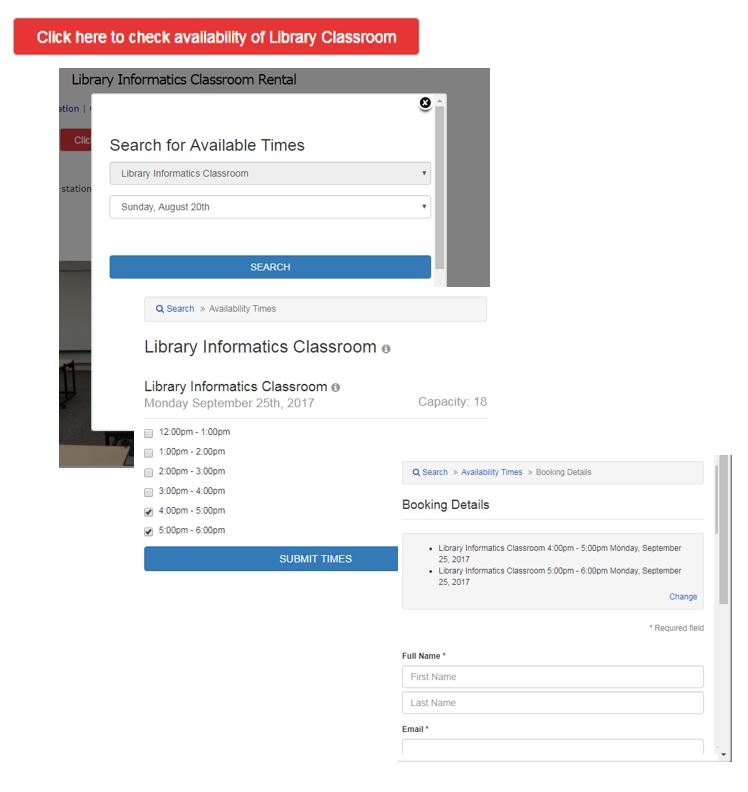

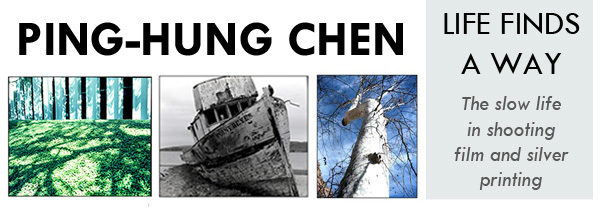
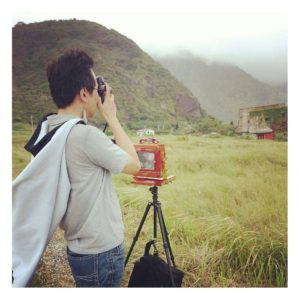 Ping-Hung Chen’s photographic interests primarily include landscapes and are a personal chronicle of his life experiences. His use of traditional processes like the analog gelatin-silver medium, bring rich detail, tonality, and contrast to his works.
Ping-Hung Chen’s photographic interests primarily include landscapes and are a personal chronicle of his life experiences. His use of traditional processes like the analog gelatin-silver medium, bring rich detail, tonality, and contrast to his works.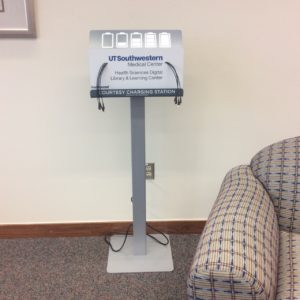
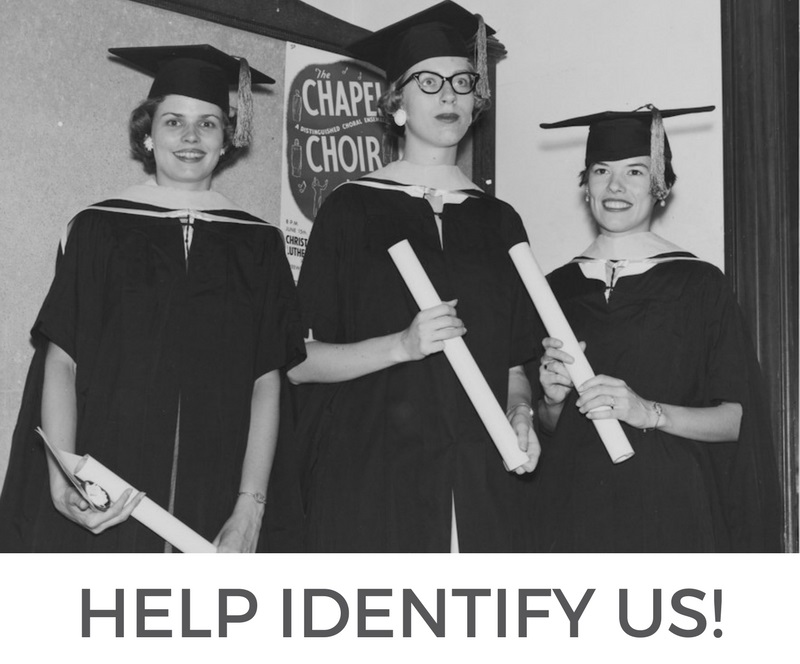
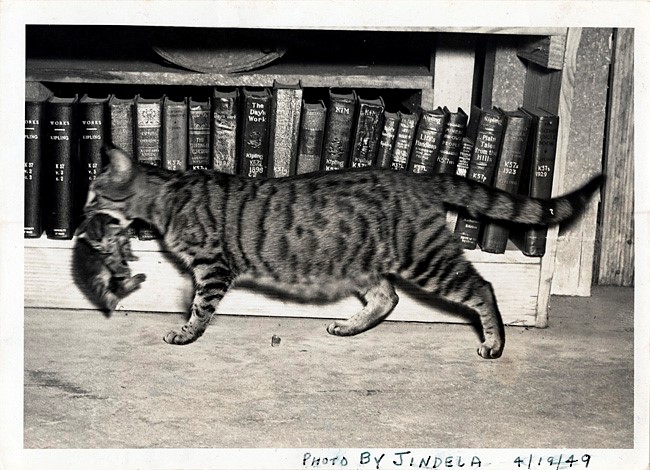
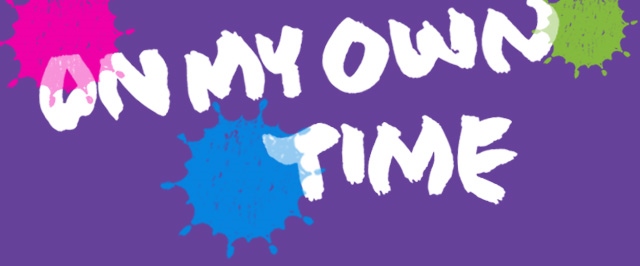 The 17th annual On My Own Time art show is now open in the South Campus Library! Visit the show to see the impressive talents of your friends and colleagues at UT Southwestern. Nearly 100 pieces are on view through September 19.
The 17th annual On My Own Time art show is now open in the South Campus Library! Visit the show to see the impressive talents of your friends and colleagues at UT Southwestern. Nearly 100 pieces are on view through September 19.